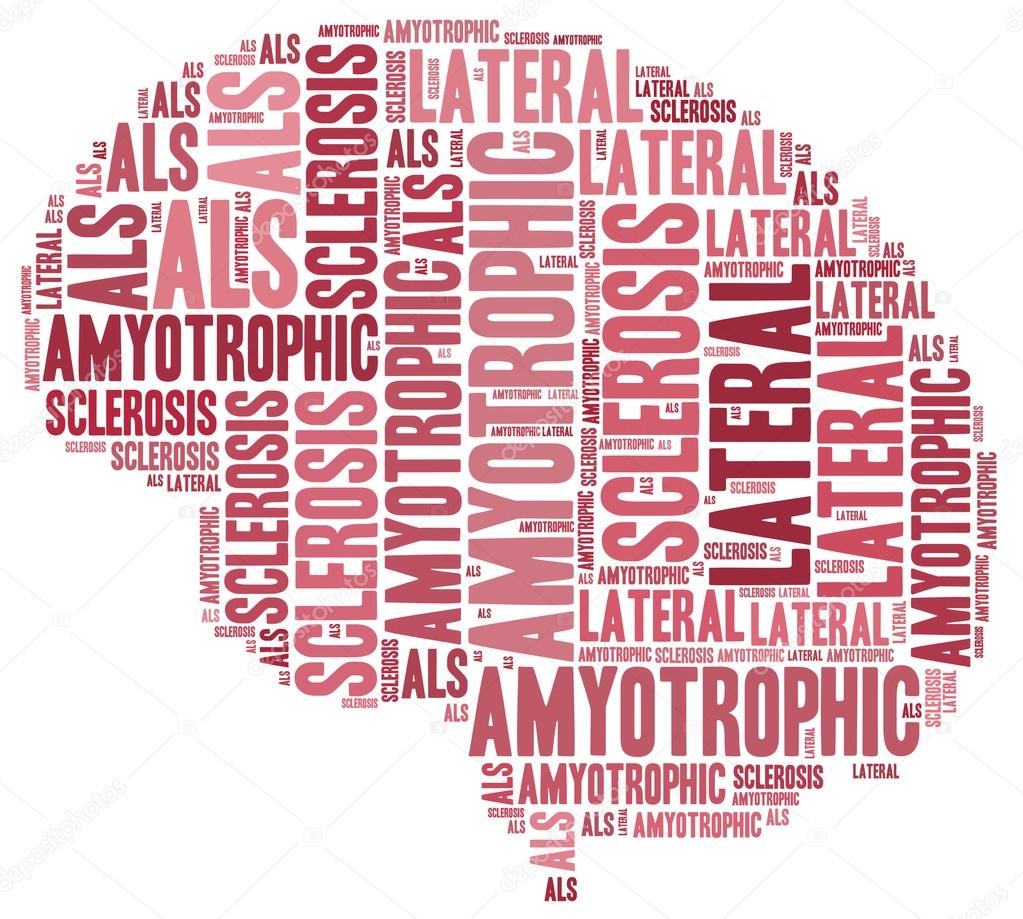
ALS, also known has Lou Gehrig’s disease, has become prevalent in modern media and news due to the diagnosis of Stephen Hawking, Stephen Hillenburg and other social figures. Amyotrophic Lateral Sclerosis (ALS) is a motor neuron degeneration disease that results in death, typically from respiratory failure. The motor neuron impairment is due to oxidative stress. This has been shown in many post-mortem studies, where ALS patients have an accumulation of oxidative damage to proteins, lipids and DNA. The key to understanding ALS is understanding motor neurons and why oxidative stress causes their degeneration and leads to the death of the individual.
Motor neurons are nerve cells that innervate muscles in order to pass an impulse from the brain or spinal cord. Messages from the brain are transmitted to motor neurons in the spinal cord and to motor nuclei of brain, then they go from the spinal cord and motor nuclei of brain to the particular muscle or muscles that are needed for the voluntary action. When someone has ALS, the neurons in the brain degenerate or die, which means they will stop sending messages to the muscles. The longer the muscles go without messages to function, they weaken and waste away. Eventually, there is no initiation or control of muscle movement. This is seen through symptoms of ALS such as muscle weakness, loss of ability to speak or eat, and eventually, the loss of the ability to breathe.
Oxidative stress leads to the degeneration of these neurons through the presence of ROS. A significant proportion of ALS patients have a mutation for the gene encoding the enzyme SOD1. This enzyme is the defense against reactive oxygen species (ROS), which is produced during cellular metabolism and causes oxidative stress. So without the enzyme, ROS is produced and damages cell structures, such as motor neurons. This leads to the motor neuron issues previously described.
Unfortunately, there have not been any cures discovered for ALS, only treatments for symptoms. Ways to improve the quality of life for ALS patients include speech and physical therapies, along with medications to help reduce damage to motor neurons and to manage symptoms such as muscle cramps, stiffness, pain, depression and much more. The life expectancy of a person diagnosed with ALS is typically only 2 to 5 years after diagnosis.
Even though an ALS diagnosis is fatal, there is still a lot of research and support in the ALS community to fight this disease. While the scientific community is busy researching ways to cure ALS, communities are rallying with events such as the Ice Bucket Challenge, the ALS Walk to Defeat, and the One Dollar Difference platform to raise money to fight ALS.
